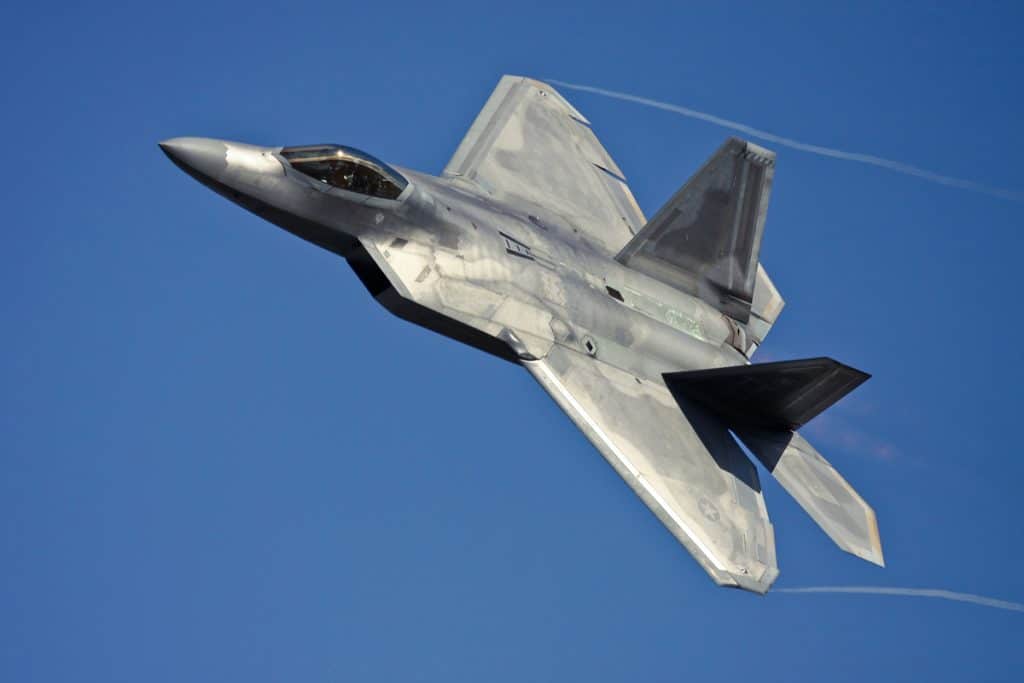Magnets and Magnet Assemblies for Defence Applications
By Paul Fears | 08 March 2021
Globally, permanent rare earth magnets play a major role in defence technology. They feature in a diverse range of applications including missile guidance systems, disk-drive motors in aircraft and tanks, satellite communications, and radar and sonar systems. Indeed, rare earth magnets are a critical component of a vast number of cutting-edge defence applications and a driving force behind the development of new defence technology.
Military Preference for Samarium Cobalt
Although Neodymium Iron Boron (NdFeB) is the most widely used permanent rare earth magnet, the challenging working conditions found in many defence applications drives designers to use Samarium Cobalt (SmCo). Samarium cobalt magnets have a high coercivity (i.e. less resistant to demagnetisation at high temperatures) and, even when uncoated, are corrosion resistant.
- Technical Product Information: Samarium Cobalt Magnets
Such characteristics make samarium cobalt magnets ideal for military technologies such as precision-guided missiles, smart bombs, and aircraft. Specific applications include:
Fighter Jet Electronic Warfare Systems
The ability of samarium cobalt magnets to reliably perform in temperatures ranging from -55°C to 125°C suits specific applications such as the electronic warfare systems in fighter jets. These must be able to reliably operate in extreme conditions, such as altitudes of 70,000 feet with the associated temperature and pressure differential.

Radar and Ground Control Technology
In radar magnetron tubes (used in ground-based systems for air traffic control and surveillance radar, search radar, and weapon fire-control radar) samarium cobalt magnets focus the electron beam.
Although samarium cobalt is a key magnet material for the defence sector, the exceptional strength per unit volume of neodymium makes the magnet ideal for less arduous applications such as electronics and computers.
Magnet Volumes
In the article ‘Rare-Earth Uncertainty’, Air Force Magazine outlines the weight of rare earth magnets in specific military aircraft and naval vessels:
- F-35 Strike Fighter – 420 kg
- Arleigh Burke DDG-51 Destroyer – 2,360 kg
- SSN-774 Virginia-class Submarine – 4175 kg
This reflects only a small proportion of the world’s defence technology and illustrates the strategic importance of rare earth magnets.
Global Supply Concerns
From the 1960s through to the 1980s, the US was the global leader in rare earth mining and production. However, in the 2020s 90-95% of the world’s rare earth magnets are produced in China.
“It’s a very real concern, and it obviously depends on the elements. But we use them for important technologies to keep us all safe,” said CIA Director Mike Pompeo, in response to an inquiry at a May 2017 US Senate Intelligence Committee hearing on worldwide threats to the US.
One key source of rare earth magnets is through the recycling of electronic equipment as championed by the EU-funded project SUSMAGPRO. SUSMAGPRO stands for Sustainable Recovery, Reprocessing and Reuse of Rare Earth Magnets in a European Circular Economy. The project aims to develop a recycling supply chain for rare earth magnets in the European Union and to demonstrate the effective reuse of recycled rare earth materials within several industries.
Future Defence Technology Dependent on Rare Earth Magnets
Magnets are a driving force behind continuous innovation in defence technology. In the report ‘Enduring Attraction – America’s Dependence On and Need to Secure Its Supply of Permanent Magnets’ Lt Col Justin C. Davey explains the importance of miniature high-temperature resistant permanent magnets for military applications such as precision-guided munitions, tank navigation systems, and electronic countermeasures equipment. He goes on to state that ‘rare-earth magnets are now indispensable to the defence industry’.
The Role of Magnet Suppliers and Designers
Global national defence programs reply on rapidly implementing advanced technology within core military systems and infrastructure. The increasingly challenging nature of defence operating environments for magnets and magnet assemblies drives research and development.
At Bunting’s European magnet and magnet assembly headquarters in the UK, experienced magnet engineers work closely with defence technology engineering teams. Different magnets and assemblies are designed and tested from the concept stage through to production.
Companies developing technology for the defence sector operate swiftly and dynamically, driving technological development, with Bunting’s magnet experts providing support and advice whenever needed.
Related Technical Article
Magnet and Magnet Assembly Design
Bunting designs and manufactures a wide range of magnets and magnetic assemblies. Many are bespoke for specific applications. For further information on any of the products mentioned in this article, or for bespoke magnet assemblies and magnet designs, please contact us via:
Phone: +44 (0) 1442 875081
Email: sales.berkhamsted@buntingmagnetics.com
Via Bunting-eMagnets for online purchase of Magnets and Magnetic Technology
Follow us for all our latest news on Social Media


